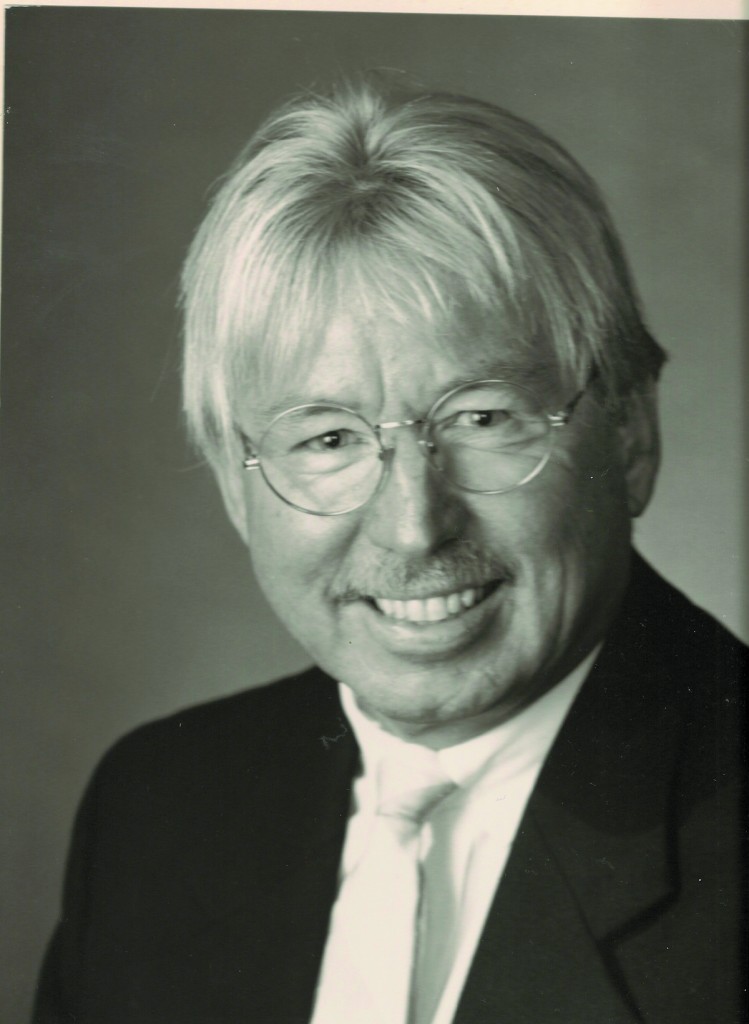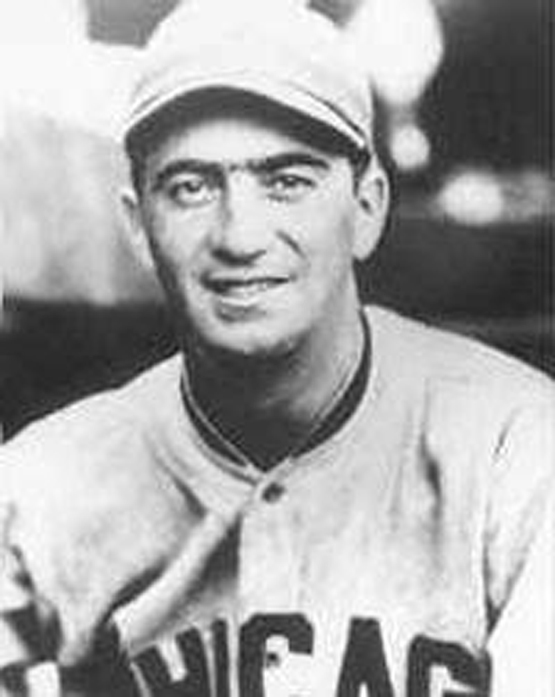Ron Corcoran
One More Look at….
When the baseball team that included Babe Ruth and Lou Gehrig went on tour in Japan in 1934 some fans wondered why a third-string catcher named Morris “Moe” Berg was also on the roster.
The answer was simple: Yes, Moe Berg was at best a mediocre baseball player, but he was also a spy for the United States government, affiliated with the Office of Special Services (the OSS).
It seemed Moe Berg had three loves in his life: baseball, spying and learning new languages. Moe spoke 15 different languages-including Japanese.
After arriving in Tokyo, and fully garbed in a kimono, Moe bought flowers intended to be delivered to the daughter of the American ambassador, Joseph Grew, who was recovering from surgery in St. Luke’s Hospital there.
Not coincidentally, the hospital was one of the tallest buildings in the Japanese capital in 1934. And it was a very, very nice day, weather-wise.
Moe never quite got around to delivering the flowers. Instead, the would-be ballplayer ascended to the hospital rooftop and proceeded to film all of Tokyo harbor, its military installations, its railway yards, bridges, and other infrastructure features and sites that he could see from the hospital’s rooftop.
Eight years later, Lt. Colonel Jimmy Doolittle and his staff would thoroughly study Moe’s films in planning their spectacular bombing raid of Tokyo on April 18, 1942 in retaliation for the bombing of Pearl Harbor.
Morris “Moe” Berg
Moe’s father, Bernard Berg, was a pharmacist in Newark, New Jersey, and taught his son Hebrew and Yiddish. Moe, against his father’s wishes, began playing baseball in the street at age four. His father completely disapproved of Moe’s interest in baseball and never once watched his son play.
At Barringer High School in Newark, Moe learned Latin, Greek and French. Moe then graduated magna cum laude from Princeton University, having added Spanish, Italian, German and Sanskrit to his linguistic accomplishments.
During further studies at the Sorbonne in Paris and the Columbia University Law School, he picked up Japanese, Chinese, Korean, Indian, Arabic, Portuguese and Hungarian. In all, he had mastered 15 languages, and in some cases he also acquired some regional dialects.
While playing catcher for the baseball team at Princeton, Moe Berg would describe plays in Latin or Sanskrit.
As good of a baseball player as Moe was in high school and college, he just wasn’t quite good enough to make it all the way. And he knew it. And he also knew that he was good enough to fool a lot of people, including a lot of Japanese baseball fans.
Then when WWII broke out, Moe “answered Uncle Sam’s call” and before long he was parachuted into Yugoslavia. Moe, by that time, was 41 years old so the parachute jump was somewhat of a physical and mental challenge for him. Moe was a long way from Newark, New Jersey.
Moe’s mission in Yugoslavia was to assess the value to the war effort of the two civilian groups of partisans doing what they thought was right for their country. Moe reported back that Marshall Tito’s forces were widely supported by the Yugoslav people and that Winston Churchill had ordered all-out support for the Yugoslav underground freedom fighter named Tito and not for the opposition – Draza Mihajlovic and his Serbs.
Poor Draza was later executed for conduct unbecoming a Yugoslav freedom fighter.
It was a tough business to be in.
There were even more parachuting adventures for Moe to come later in that same year.
He parachuted into German-held Norway, where he met with members of the Norwegian underground to locate a secret heavy water plant. Heavy water was a key ingredient in the Nazis’ effort to be able to build an atomic bomb.
Moe’s observations guided the Royal Air Force in a bombing raid to destroy the plant.
At the time, there was great concern by the Allies as to how far the Nazis had progressed in their plans to build the world’s first atomic bomb. Were the Nazis successful, they would undoubtedly win the war.
Moe Berg (under the code name “Remus”) parachuted into Switzerland for purposes of sneaking into a conference in an auditorium in which leading German physicist Werner Heisenberg, a Nobel Laureate, was lecturing about the proximate viability of the Nazis being able to build an “A-bomb.”
With his language and regional dialect skills fully engaged, Moe managed to bluff his way past the SS guards posted at the auditorium entrance. Moe was pretending to be a Swiss graduate student studying physics.
Unlike the normal college student, Moe had in his pocket a pistol for a very unpleasant reason and a cyanide pill for an even-less-pleasant reason.
The details of his Switzerland mission were: If the German physicist, Werner Heisenberg, indicated the Nazis were close to building a weapon, Berg was to shoot him and then swallow the cyanide pill.
Moe, having managed to find a seat in the front row, determined the Germans were nowhere near their goal. So Moe boldly complimented Heisenberg on his speech and walked him back to his hotel.
Moe’s post-op report on the conference and the conversation (during his stroll) with Heisenberg was distributed to Britain’s Prime Minister, Winston Churchill, President Franklin D. Roosevelt and key figures of the United States’ team developing its own atomic bomb.
President Roosevelt responded: “Give my regards to the catcher.”
After the war, Moe Berg was awarded the Medal of Freedom- America’s highest honor for a civilian in wartime. However, Moe felt he had to refuse to accept the award and all the accolades that went with it because he was still not allowed to tell people what his exploits had been.
Only after his death did Moe’s sister accept the Medal on his behalf.
And today, appropriately enough, Moe Berg’s Medal of Merit hangs in a special place in the Baseball Hall of Fame in Cooperstown, NY.
Despite Moe’s limited skills, he did manage to play in Major League Baseball from 1923 to 1939 as a member of five different teams, including the Boston Red Sox, the Cleveland Indians and the Chicago White Sox.
When Moe died on May 29, 1972 at the age of 70, his last words were, “How’d the Mets do today?”
For a lot more details regarding the life of Morris “Moe” Berg, read either The Catcher Was a Spy: The Mysterious Life of Moe Berg by Nicholas Dawidoff or Spy Catcher: The Candid Autobiography of a Senior Intelligence Officer by Peter Wright.
Or read both.


